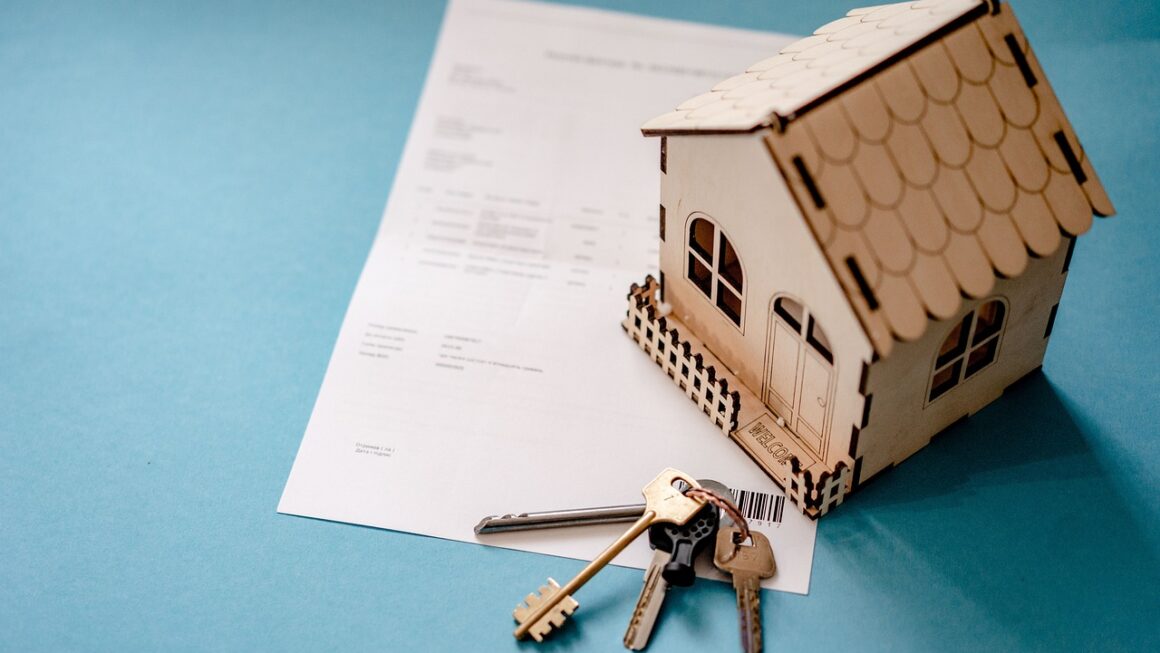Protecting your home is paramount, and a robust home insurance policy is the cornerstone of that protection. From unexpected weather events to unforeseen accidents, your home is vulnerable to various risks. Understanding the intricacies of home insurance empowers you to make informed decisions, ensuring you have the right coverage when you need it most. This guide delves into the essential aspects of home insurance, providing you with the knowledge to safeguard your most valuable asset.
Understanding Home Insurance Coverage
Home insurance, also known as homeowners insurance, provides financial protection against damage to your property and belongings, as well as liability coverage for injuries or damages you or your family members cause to others. It’s crucial to understand what your policy covers and what it doesn’t.
Types of Coverage
A standard home insurance policy typically includes the following types of coverage:
- Dwelling Coverage: This covers the physical structure of your home, including the walls, roof, and foundation. It protects against damage from covered perils, such as fire, wind, hail, and vandalism.
Example: If a tree falls on your roof during a storm, dwelling coverage would help pay for the repairs.
- Personal Property Coverage: This covers your belongings inside your home, such as furniture, electronics, clothing, and appliances.
Example: If your television is stolen during a burglary, personal property coverage would help you replace it.
Actual Cash Value (ACV) vs. Replacement Cost Value (RCV): ACV pays the current market value of your items, factoring in depreciation. RCV pays the cost to replace the item with a new one, regardless of its age. RCV is generally preferred.
- Liability Coverage: This protects you financially if someone is injured on your property or if you or a family member accidentally damage someone else’s property.
Example: If a guest slips and falls on your icy driveway, liability coverage can help pay for their medical expenses and legal fees if they sue.
- Additional Living Expenses (ALE): Also known as loss of use coverage, this helps pay for temporary housing, meals, and other expenses if you can’t live in your home due to damage from a covered peril.
Example: If your home is damaged by a fire and you need to stay in a hotel while it’s being repaired, ALE coverage can help cover the costs.
Covered Perils
Home insurance policies typically cover a range of perils, including:
- Fire
- Windstorm and hail
- Lightning
- Vandalism
- Theft
- Explosions
- Water damage from burst pipes (but not floods)
- Actionable Takeaway: Review your policy to understand the specific perils covered. Note any exclusions, such as flood or earthquake coverage, which may require separate policies.
Determining Your Coverage Needs
Choosing the right amount of coverage is critical. Insufficient coverage can leave you financially vulnerable, while excessive coverage can lead to unnecessary premiums.
Assessing Dwelling Coverage
- Replacement Cost: The dwelling coverage should be enough to rebuild your home at today’s costs. Obtain estimates from local contractors to determine the approximate replacement cost.
- Location and Materials: Consider the cost of materials and labor in your area. Building costs vary significantly depending on location and the type of materials used.
- Inflation: Account for potential increases in construction costs due to inflation. Some policies offer extended replacement cost coverage to provide a buffer against unexpected cost increases.
Evaluating Personal Property Coverage
- Inventory: Create a detailed inventory of your belongings, including photographs or videos. This will make it easier to file a claim and ensure you receive adequate compensation.
- Value: Estimate the replacement cost of your personal property. Consider higher limits for valuable items, such as jewelry, art, or collectibles.
- Scheduled Property: For high-value items, consider “scheduling” them on your policy. This provides specific coverage for these items, often with higher limits and broader protection.
Liability Coverage Considerations
- Assets: The amount of liability coverage you need depends on your assets. Choose a limit that can adequately protect your savings, investments, and other assets in the event of a lawsuit.
- Umbrella Policy: Consider purchasing an umbrella policy for additional liability coverage. An umbrella policy provides coverage above and beyond your home and auto insurance policies.
- Actionable Takeaway: Take the time to assess your coverage needs accurately. Don’t underestimate the cost of rebuilding your home or replacing your belongings.
Understanding Home Insurance Costs
Home insurance premiums vary depending on several factors. Understanding these factors can help you find the best coverage at the most affordable price.
Factors Affecting Premiums
- Location: Homes in areas prone to natural disasters, such as hurricanes or wildfires, typically have higher premiums.
- Coverage Amounts: Higher coverage limits generally result in higher premiums.
- Deductible: The deductible is the amount you pay out of pocket before your insurance coverage kicks in. A higher deductible typically results in a lower premium.
- Credit Score: Insurers often use credit scores to assess risk. A good credit score can help you get a lower premium.
- Home Age and Condition: Older homes or homes with outdated systems (e.g., plumbing, electrical) may have higher premiums.
- Claims History: A history of prior claims can increase your premiums.
- Discounts: Many insurers offer discounts for things like having a security system, smoke detectors, or being a long-term customer.
Ways to Save on Home Insurance
- Shop Around: Get quotes from multiple insurers to compare coverage and prices.
- Increase Your Deductible: Raising your deductible can significantly lower your premium.
- Bundle Policies: Combining your home and auto insurance with the same insurer often results in a discount.
- Improve Home Security: Installing security systems, smoke detectors, and deadbolt locks can qualify you for discounts.
- Maintain Your Home: Regularly maintaining your home can prevent costly repairs and lower your risk of filing claims.
- Actionable Takeaway: Actively manage your home insurance costs by shopping around, taking advantage of discounts, and maintaining your property.
Filing a Home Insurance Claim
Knowing how to file a claim properly is essential to ensure a smooth and efficient process.
Steps to Take After a Loss
- Ensure Safety: Your first priority is the safety of yourself and your family. Evacuate the premises if necessary.
- Report the Loss: Contact your insurance company as soon as possible to report the loss.
- Document the Damage: Take photos and videos of the damage before making any repairs (unless necessary to prevent further damage).
- Prevent Further Damage: Take reasonable steps to prevent further damage, such as covering a damaged roof with a tarp.
- Inventory Damaged Property: Create a list of damaged or destroyed property, including descriptions, purchase dates, and values.
- Cooperate with the Adjuster: Your insurance company will assign an adjuster to investigate your claim. Cooperate fully with the adjuster and provide any requested documentation.
Working with the Insurance Adjuster
- Be Prepared: Have all relevant documents and information readily available.
- Ask Questions: Don’t hesitate to ask the adjuster questions about the claim process and your coverage.
- Review the Settlement Offer: Carefully review the settlement offer and make sure it adequately covers your damages.
- Negotiate if Necessary: If you’re not satisfied with the settlement offer, you have the right to negotiate.
- Keep Records: Keep copies of all correspondence, documents, and photos related to your claim.
- Actionable Takeaway:* Familiarize yourself with the claims process and be prepared to document the damage, cooperate with the adjuster, and negotiate if necessary.
Conclusion
Home insurance is a vital safeguard for your most significant investment. By understanding the different types of coverage, assessing your coverage needs, managing your costs, and knowing how to file a claim, you can protect your home and your financial well-being. Taking the time to research and choose the right policy is an investment in your peace of mind, ensuring that you are prepared for whatever challenges may come your way. Don’t wait until disaster strikes – take action today to secure your home’s future.




